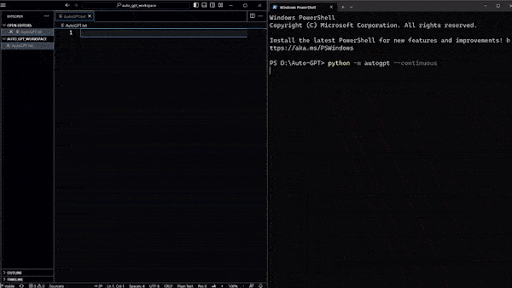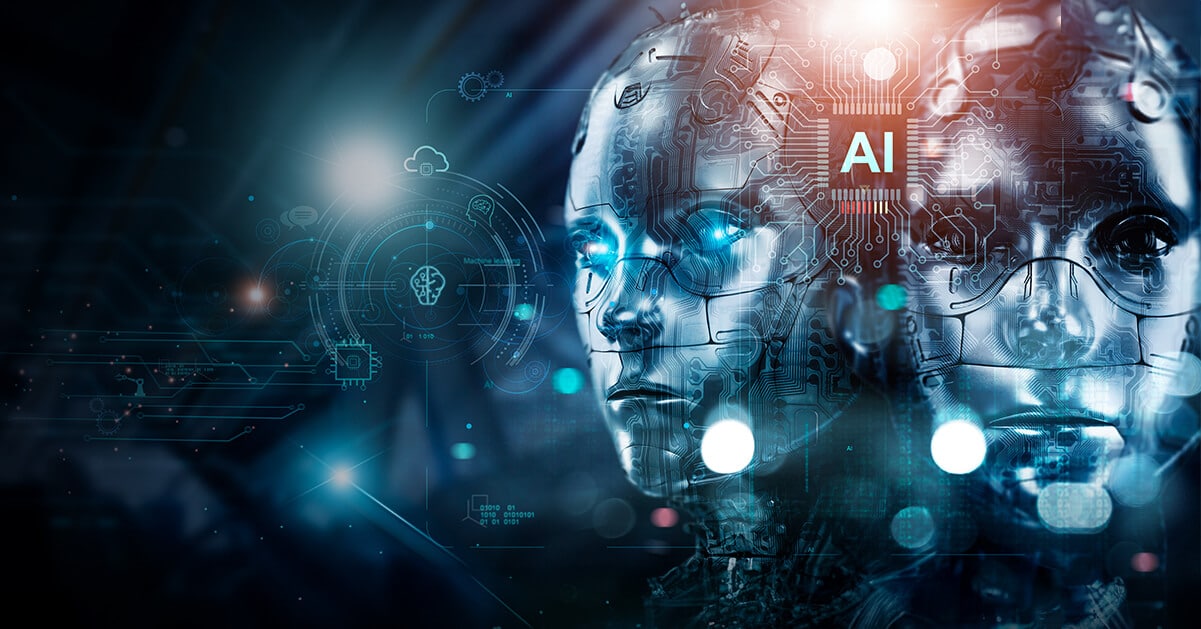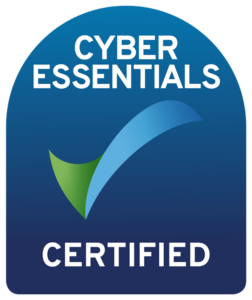In the latest in our ‘New Beings’ series, we explore AI and coding. Today, we delve into AutoGPT.
What is AutoGPT?
AutoGPT is an open-source AI tool that leverages the GPT-4 or GPT-3.5 APIs from OpenAI to accomplish user-defined objectives expressed in natural language. It allows users to define tasks by breaking them down into smaller components and autonomously utilises various resources in a cyclic process to achieve those objectives [1].

Features and resources
According to the AutoGPT web site, Auto-GPT’s unique strength lies in its self-sufficiency. By utilising the capabilities of ChatGPT, it can take control of tasks and projects, removing the need for continuous user inputs. In doing so, Auto-GPT removes workload by eliminating the need to constantly provide follow-up ideas or responses.
AutoGPT has the following key features:
- Internet access for searches and information gathering
- Long-term and short-term memory management
- GPT-4 instances for text generation
- Access to popular websites and platforms
- File storage and summarisation with GPT-3.5
- Extensibility with Plugins [2]
To install AutoGPT, you can clone the GitHub repository from the following link: https://github.com/Significant-Gravitas/Auto-GPT/releases/latest. Alternatively, you can download the repository as a zip file. The installation guide and further setup instructions can be found in the repository [1]. There are also Docker images available, which allow quick set-up of AutoGPT based on existing builds with all dependencies installed and running.
There is also an implementation available with LangChain primitives (LLMs,VectorStores, Embeddings, Tools).
Setup
After cloning the repository, you need to update the “.env” file with your own configurations and API keys. The required keys include the OpenAI API key and the GITHUB_API_KEY for authorisation. Additionally, you need to specify your GITHUB_USERNAME and configure other APIs as needed. The installation guide provides detailed instructions on setting up AutoGPT [1].
In principle, AutoGPT can be used for various coding tasks, such as executing code, analysing code, improving code, generating documentation, debugging, searching Google, web scraping, searching files, and GitHub cloning. It offers a wide range of features and functionalities to assist in coding and debugging processes [1][2]. However, in our experiments, it was very limited and struggled to handle even moderately complex tasks. For very simple use-cases, working on a single file with <50 lines of Python, it was able to autonomously provide bug fixes, documentation and reformatting. Anything more involved than that will send the automaton into infinite loops with no meaningful actions performed.
Concerns about AutoGPT
Some potential concerns with AutoGPT include its experimental nature, which means it may not be a polished application or product. It might not perform well in complex, real-world business scenarios, and it can be quite expensive to run, so monitoring API key limits with OpenAI is important [2].
We will be looking at the legal position around AutoGPT in New beings: Legal issues and AI.
Alternatives to AutoGPT
There are several alternatives to AutoGPT available in the market, such as other prompt engineering tools or AI-based coding assistants, some similar are BabyAGI [1] and SuperAGI [2].
Each alternative may have its own unique features, capabilities, and user experiences, so it’s important to explore different options and choose the one that best fits your requirements.
Key Takeaways and conclusions
It’s important to remember that AutoGPT is an experimental application and may have limitations in certain scenarios. It’s recommended to follow the provided documentation and setup instructions for the best experience.
I spent a week giving the AI agent several scenarios, even creating a fully functional service with specific requirements, but unfortunately AutoGPT did not provide even a starting point.
If you’re interested in learning more about our exploration of AI for development, see our previous articles in the ‘New Beings’ series.





